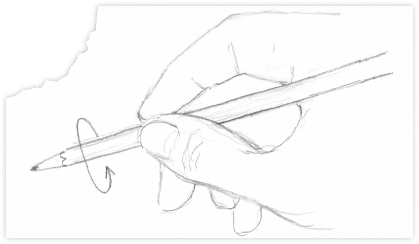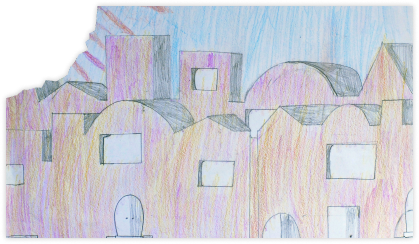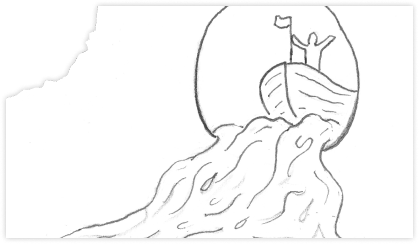Course Overview
Without shadow many things around us would appear completely flat. Shadows can be cool and soothing, mysterious and even scary. Shadows can run up a wall or stairs. You will encounter all of this in this lesson.
Start with chapter 1
- Course level Level 2
- Course Duration 2 hours
- Lessions 5
- Quizzes 0
- Pass Percentage 80
- Certificate Yes
- Language English



